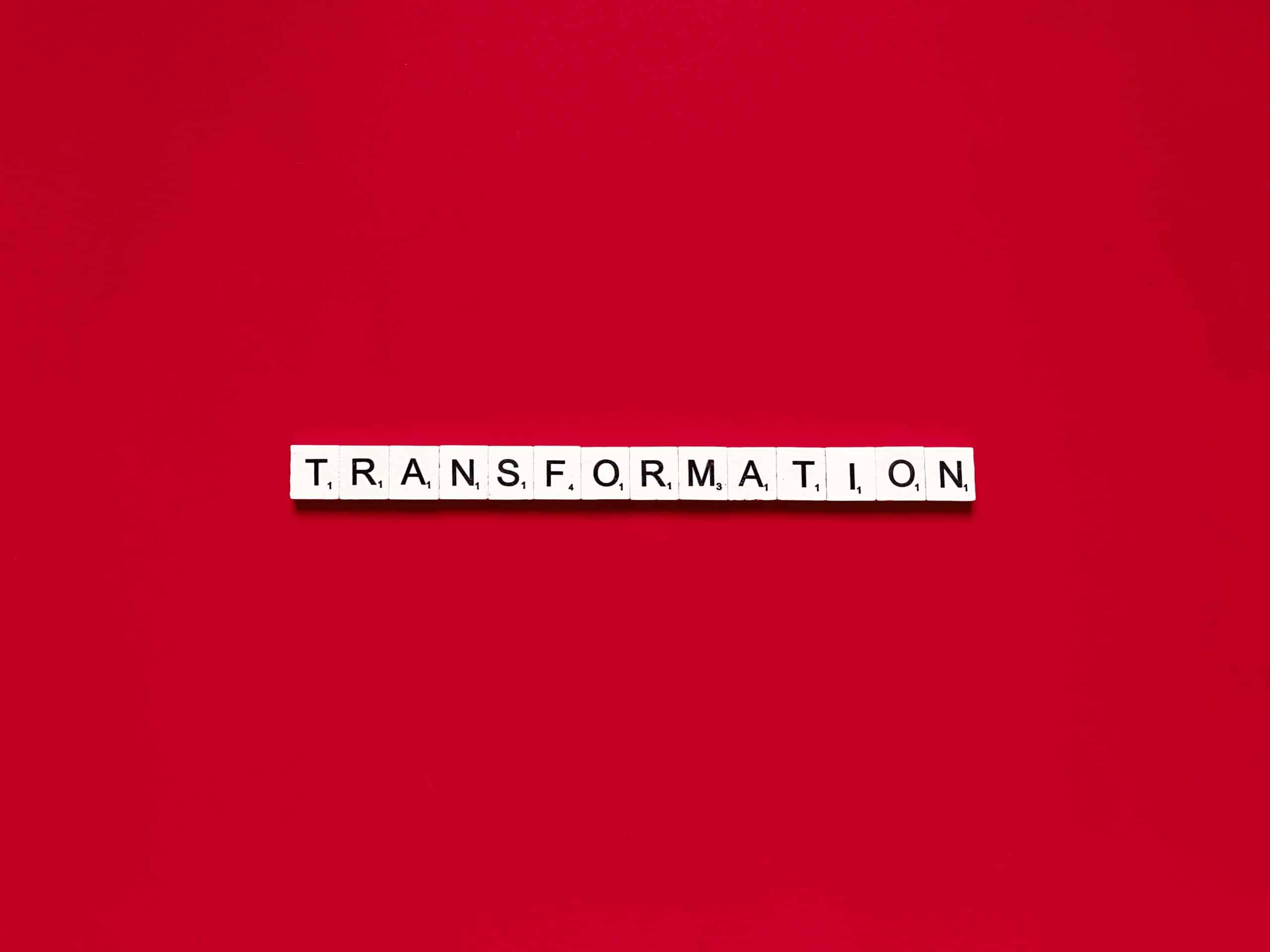How Can Immersive Technologies Transform Visitor Experiences at UK Museums?

As aficionados of art and history, you’ll no doubt agree that walking around a museum, absorbing the wealth of knowledge displayed through various exhibits, is a captivating experience. However, the traditional museum visit is evolving, thanks to the advent of immersive technologies. But what exactly are these technologies, and how can they transform the museum visit?
Walk with us as we explore the fascinating intersection of heritage and high-tech, and the transformative impact of immersive technologies on visitor experiences at museums in the UK.
Cela peut vous intéresser : What Are the Best Practices for Sustainable Event Planning in the UK?
Immersive Technologies: Revolutionising the Museum Experience
Before diving into how these technologies are changing the game for museums, let’s first understand what we mean by immersive technologies. Immersive technologies, primarily virtual reality (VR), augmented reality (AR) and interactive digital content, create immersive experiences that engage the senses in a way that traditional exhibits often can’t.
VR transports visitors into a completely digital environment, while AR overlays digital information onto the real world. Interactive digital content, on the other hand, encourages visitors to engage with exhibits in a dynamic, participatory way.
En parallèle : How Can UK Artisans Use Eco-Friendly Materials to Attract Conscious Consumers?
Virtual Reality: A Step Back in Time
Imagine standing amidst the colossal stone structures of ancient Stonehenge, feeling the wind on your face, hearing the rustle of leaves in the surrounding forest, all without leaving the confines of a museum. This is the power of VR.
Virtual reality offers museum visitors a fully immersive experience, transporting them to different places or periods in history. VR headsets, often accompanied by headphones and handheld controllers, serve as a time machine, offering a first-hand glimpse of historical events and places.
For instance, the British Museum has used VR technology in its ‘Bronze Age’ exhibit. Visitors don VR headsets, and suddenly they’re walking through a Bronze Age house, observing artefacts in their original context. This offers an unrivalled opportunity to experience history as it happened.
Augmented Reality: Enhancing Reality with Digital Overlays
While VR might take you to an entirely different world, AR enhances the existing one by overlaying digital information onto the physical environment. This not only expands the information available to visitors but also enhances their engagement with exhibits.
The Museum of London, for instance, employed AR in their ‘Streetmuseum’ app. When visitors point their smartphones at specific locations in London, the app overlays historical images onto the current view, offering a ‘then and now’ perspective.
In another example, the Natural History Museum in London used AR to bring their exhibits to life. With the ‘Alive’ app, visitors can see the museum’s iconic blue whale skeleton, affectionately named Hope, swimming and feeding as if in the ocean.
Interactive Digital Content: Engaging the Audience Actively
The integration of interactive digital content is reshaping visitor engagement in museums. These technologies provide a platform for visitors to interact with exhibits, leading to active participation rather than passive viewing.
Many UK museums, such as the Imperial War Museum in London, have installed interactive touchscreens next to exhibits. These allow visitors to explore in-depth information about objects, hear personal stories from history, and even play educational games.
The Science Museum in London offers a ‘Driverless: Who is in control?’ exhibition, where a large interactive display lets visitors design their own self-driving vehicle. By engaging with the content, visitors gain an understanding of the ethical implications and technological challenges of autonomous driving.
The Future of Museum Visits: Combined Immersive Experiences
Not content with using these technologies in isolation, many museums are exploring the possibilities of an integrated approach, combining various immersive technologies to create a comprehensive, multi-sensory experience for visitors.
A prime example of this is the ‘Hold the World’ VR experience at the Natural History Museum. This innovative project combines VR and interactive digital content to allow visitors to virtually handle rare specimens from the museum’s collection, as Sir David Attenborough shares fascinating insights about each object.
Despite the transformative potential of these immersive technologies, it’s also important to remember that they should complement, not replace, the traditional museum experience. The real power lies in blending the old with the new, the tangible with the digital, creating a harmonious blend of experiences that will continue to inspire and educate museum visitors for generations to come.
Cutting-Edge Mixed Reality: The Next Frontier in Museum Experience
As the advancement in technology continues to reshape our world, museums are not left behind. A relatively new immersive technology is gaining popularity among museums, and it’s called mixed reality (MR). Mixed reality is a blend of the physical and digital world that allows for interaction with both physical and virtual items simultaneously, providing an entirely new level of immersion.
MR takes the best of both VR and AR, combining them to create a unique, immersive experience. For instance, visitors could be in a real-time environment, say, a recreated ancient battlefield, wearing MR glasses. These glasses could project 3D holographic images of warriors onto the real world, allowing visitors to literally walk among the virtual soldiers, inspecting their armour, weapons and observing their tactics.
The National Maritime Museum in Greenwich has already started to use MR technology for its ‘Voyagers’ exhibition. Visitors are provided with MR headsets that overlay digital content onto real artifacts. This allows visitors to see the journey of these items, from their creation to their recovery from shipwrecks. Through MR, visitors explore the artifacts in their historical context, gaining a greater understanding of their cultural significance.
In the future, with the development of more advanced MR headsets and software, the possibilities for mixed reality in museums are almost limitless. From interacting with holographic guides to participating in recreated historical events, the museum experience could be about to undergo its most significant transformation yet.
Projection Mapping: Bringing Exhibits to Life in Real-Time
Another innovative technology that is revolutionising the museum experience is projection mapping. This technology uses projectors to cast images onto any surface, transforming static exhibits into dynamic, immersive displays.
Using advanced software, projection mapping can shape light to fit any surface, turning ordinary objects into interactive exhibits. Projection mapping can bring statues to life, animate paintings and even transform entire rooms into captivating landscapes or historical scenes.
One of the notable uses of projection mapping in UK museums is the ‘Dinosaurs in the Wild’ experience at the National History Museum. The museum used projection mapping to animate massive lifesize models of dinosaurs, providing visitors with a thrilling, prehistoric jungle experience. The technology enabled visitors to witness the dinosaurs in action, from feeding, roaring to hunting, creating an immersive experience like no other.
Projection Mapping, while still relatively new in the museum sector, holds tremendous promise. The technology has the potential to create immersive, captivating experiences that will engage and educate visitors in completely new ways. As the technology continues to evolve, it could become a staple in museums, offering endless possibilities for imaginative and immersive storytelling.
Concluding Thoughts: The Transformative Power of Immersive Technologies
The integration of immersive technologies like virtual reality, augmented reality, mixed reality, interactive digital content, and projection mapping is creating a revolution in the UK museum sector. These cutting-edge technologies are transforming museum experiences, enabling visitors to interact with cultural heritage in dynamic, engaging and immersive ways.
As we’ve seen, immersive technologies are not just about enhancing the visitor experience. They’re also about preserving and presenting our cultural heritage in a way that’s accessible, engaging and, above all, memorable. By enabling visitors to experience history in a more visceral and personal way, these technologies are helping to ensure that our cultural heritage is not just preserved but also appreciated and understood by future generations.
The future of museums looks incredibly exciting. As immersive technologies continue to evolve and mature, we can expect to see even more innovative applications that will redefine the museum visit. Undoubtedly, these technologies will continue to play a crucial role in shaping the museum of the future.
